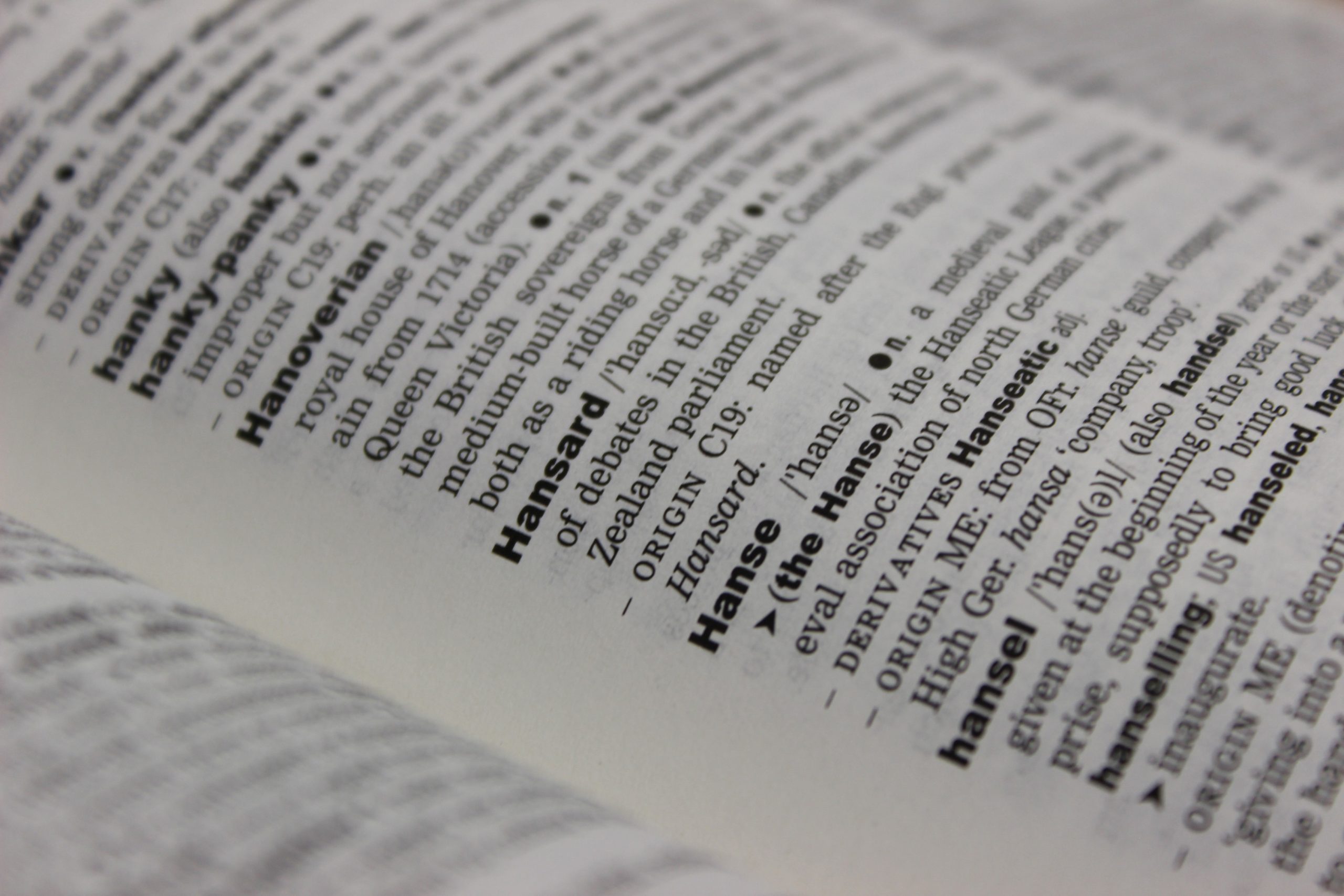About the Hansard
History of Hansard
The Hansard is the traditional name given to the transcripts of Parliamentary debates. It was named after Thomas Curson Hansard (1776–1833), who was a London printer and publisher and the first official printer to the Parliament at Westminster.
The Hansard Division, in the Parliament of Guyana, was re-established on 13th July, 2009 and is responsible for the verbatim reports of both sittings of the National Assembly and its committees.
What is Hansard?
The Hansard is an edited verbatim record of what was said in Parliament and the National Assembly. It includes records of votes and written ministerial statements as well as answers to parliamentary written and oral questions.
Why is Hansard important?
The Hansard plays a vital role and, as such, it must remain relevant to those who depend on it. For example, the courts are able to clarify the intent of legislation by referring to Hansard reports of the relevant Assembly debates. The Hansard also helps to make members accountable for what they say in the National Assembly.
How the transcripts are produced?
The production of Hansard goes through a four-stage process: recording, transcribing, editing, and proofreading.
Stage 1- Recording– Recorders are situated in the House or in the committee rooms. The microphones and audio device are controlled by the Audio Technicians. Members are required to speak directly into the microphone placed in front of them. This allows the Hansard Division to capture an audio recording of the entire proceedings. The Audio Technicians record then send intervals of 15-minute audio recordings, with annotations for each audio file, to the server for transcription. These annotations correctly identify the time and the initials of the Reporter.
Stage 2- First Draft– The Reporters are assigned portions or takes of the audio recording to produce substantial verbatim transcripts. The Reporters place emphasis on correctly reporting parliamentary procedures, sentence construction, accuracy, punctuation, research, et cetera.
To assist in this stage of the process, Members of Parliament are required, after quoting from an extract or a document, to immediately make a copy of the quote available to the Reporters. To assist the Hansard Division in the production of the Hansard Reports, Members of Parliament have, over the years, provided the Division with copies of their speeches after completing their presentations.
Stage 3- Edit Stage– The Editors merge the verbatim transcripts, proofread, observe closely for Parliamentary Procedures and Practices, and verify all information provided to ensure accuracy.
Stage 4- Final Proof– The Chief Editor merges the verbatim transcripts provided by the Editors, conducts a final edit and produces a final draft of the Hansard. The Chief Editor then sends electronic (soft) copies to Members for minor corrections to be made. It must be noted that Members are not permitted to alter the substance of their presentations and are required to submit those corrections within 48 hours (two days) after receiving the transcript. The Chief Editor then makes a final perusal of the document and upon completion of the printing process, copies are submitted to the Registry Department of the Parliament Office for distribution.

